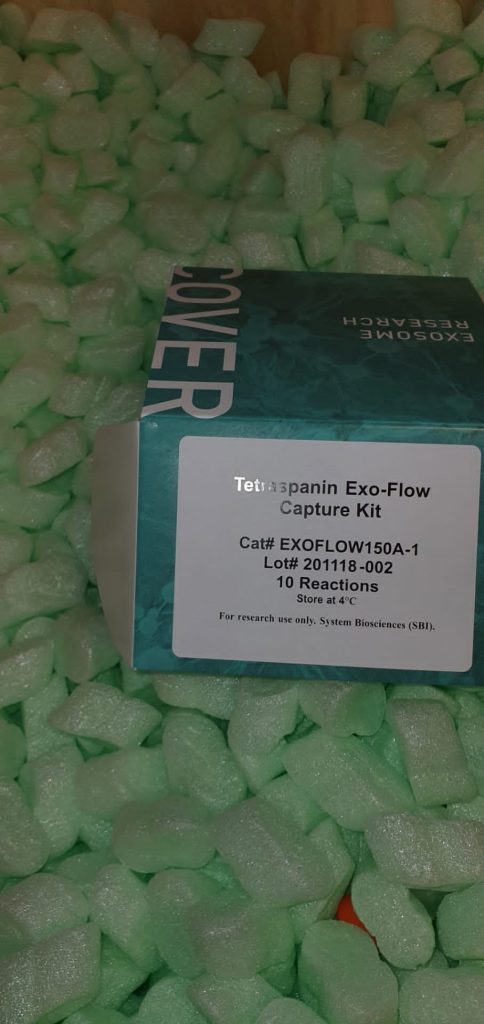Spider mites are a gaggle of arachnids belonging to Acari (mites and ticks), household Tetranychidae, identified to provide nanoscale silk fibers characterised by a excessive Young’s modulus. The silk fibroin gene of spider mites has been computationally predicted by way of genomic evaluation of Tetranychus urticae Koch, but it surely has but to be confirmed by proteomic evidence. In this work, we sequenced and assembled the transcriptome from two genera of spider mites
Tetranychus kanzawai Kishida and Panonychus citri McGregor, and mixed it with silk proteomics of T. urticae and P. citri to characterize the fibroin genes by way of comparative genomics and multiomics evaluation. As a end result, two fibroins had been recognized, which had been completely different genes than these beforehand predicted by computational strategies. The amino acid composition and secondary construction counsel similarity to aciniform or cylindrical spidroins of spider silk, which partly mirrors their mechanical properties, exhibiting a excessive Young’s modulus.
The availability of full-length fibroin sequences of spider mites facilitates the research of the evolution of silk genes that typically emerge in a number of lineages in a convergent method and in the industrial utility of synthetic protein fibers by way of the research of the amino acid sequence and the ensuing mechanical properties of these silks. SIGNIFICANCE: Here we sequenced and assembled the transcriptome from two genera of spider mites, T. kanzawai and P. citri, and mixed it with silk proteomics of T. urticae and P. citri to characterize the fibroin genes by way of comparative genomics and multiomics evaluation.
Spider mite silk is very characterised by its extraordinarily effective nano-scale diameter and excessive Young’s modulus, even exceeding these of spider silks. The availability of full-length fibroin sequences of spider mites facilitates the research of the evolution of silk genes, which independently developed in mites, bugs, and spiders however but present sequence convergence, and in the industrial utility of synthetic protein fibers by way of the research of the amino acid sequence and the ensuing mechanical properties of these silks.
Proteomic profiling of hepatocellular adenomas paves the option to new diagnostic and prognostic approaches
Through an exploratory proteomic method based mostly on typical hepatocellular adenomas (HCA), we beforehand recognized a brand new diagnostic biomarker for a particular subtype of HCA with excessive threat of bleeding, already validated on a multicenter cohort. We hypothesized that the entire protein expression deregulation profile might ship way more informative information for tumors characterization. Therefore, we pursued our evaluation with the characterization of HCAs proteomic profiles, evaluating their correspondence with the established genotype/phenotype classification and assessing whether or not they might present added prognosis and prognosis values.
From a set of 260 instances, we chosen 52 typical instances of all completely different subgroups on which we constructed the first HCA proteomics database. Combining laser microdissection and mass spectrometry based mostly proteomic evaluation, we in contrast the relative protein abundances between tumoral (T) and non-tumoral (NT) liver tissues from every affected person and we outlined particular proteomic profile of every HCA sub-groups. Next, we constructed an identical algorithm evaluating proteomic profile extracted from a affected person with our reference HCA database.
Proteomic profiles allowed HCA classification and made prognosis attainable, even for complexes instances with immunohistological or genomic evaluation that didn’t result in a proper conclusion. Despite a well-established pathomolecular classification, scientific practices haven’t considerably modified and HCA administration hyperlink to the evaluation of the malignant transformation threat stays delicate for many surgeons. That’s why we additionally recognized and validated a proteomic profile that straight consider malignant transformation threat regardless of HCA subtype.

Viewpoint: Extracellular vesicles in the transfusion drugs discipline: the potential of proteomics
In transfusion centres, blood elements are divided and saved following particular tips. The storage temperature and time differ amongst the blood cells however all of them launch extracellular vesicles (EVs) beneath blood financial institution circumstances. The scientific influence of such vesicles in blood elements for transfusion is object of debate however must be thought-about and is being investigated. In this context, proteomics is a wonderful instrument to check the cargo and composition of EVs derived from crimson blood cells and platelets since such vesicles are enriched in lipids and proteins.
The improvement of quantitative mass spectrometry strategies and the evolution of bioinformatics have allowed the identification of novel EVs biomarkers for completely different illnesses. In this context, the utility of excessive protection proteomic instruments to the evaluation of EVs in the transfusion drugs discipline would supply details about storage lesions and attainable transfusion adversarial reactions. This viewpoint article approaches the potential of proteomics to analyze the influence of EVs in blood financial institution transfusion elements, particularly crimson blood cells and platelets. This article is protected by copyright. All rights reserved.
[Linking template=”default” type=”products” search=”magnetic beads proteomics C18″ header=”2″ limit=”134″ start=”2″ showCatalogNumber=”true” showSize=”true” showSupplier=”true” showPrice=”true” showDescription=”true” showAdditionalInformation=”true” showImage=”true” showSchemaMarkup=”true” imageWidth=”” imageHeight=””]
Honey is extensively consumed by people, as a result of its a number of functions as a meals constituent and its therapeutic results. This research stories on the discrimination of honey merchandise from completely different geographical and botanical sources, in addition to honey merchandise containing distinct kinds of syrup utilized in honey adulteration. Sequential window acquisition of all theoretical fragment ion spectra mass spectrometry (SWATH-MS)-based proteomic evaluation mixed with chemometrics was efficiently utilized in figuring out attribute proteins that can be utilized as biomarkers of the authentic supply of honey.


